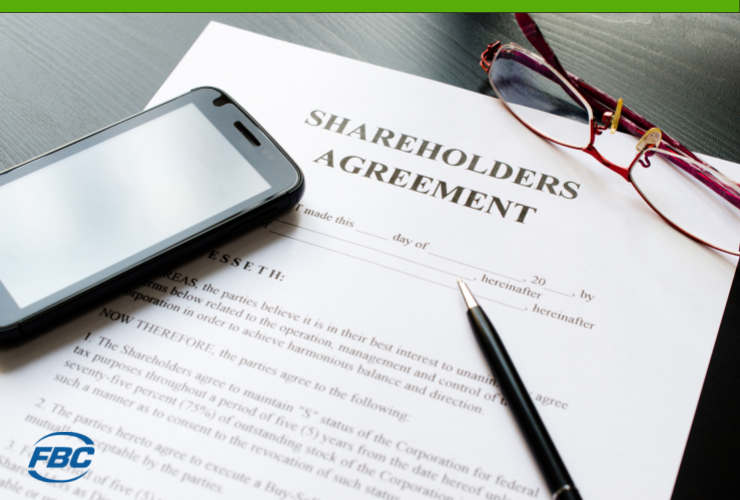Corporate loans are a big part of the Canadian economy. In fact, they make up more than half of all loans made in the country. And while they may seem like a safe investment, what happens when shareholders have to pay back these loans?
In this blog post, we will explore who pays back shareholder loans in Canada and the consequences that can follow. We’ll also look at strategies you can use to protect yourself from these consequences.
What Is a Shareholder Loan?

A shareholder loan is a loan made by a company to its shareholders. This loan is typically used to finance acquisitions or other large investments.
Shareholder loan issuance has recently increased as companies have turned to this type of funding for various reasons. For example, some companies may need additional capital to expand their business and develop into new markets; others may need money to cover short-term cash needs (for example, during acquisition negotiations or periods of market stress).
How Does Shareholder Loans Work in Canada?

The loans are typically used to finance the purchase of shares from shareholders, or, more commonly, to pay dividends or repurchase shares.
In order for a shareholder loan to be approved by the board of directors, it must meet certain requirements including an acceptable financial return and minimal risk to the company. Shareholder loans are usually repaid over a period of several years and carry interest rates that vary based on the market conditions at the time of the loan.
What Can Be Done to Mitigate Shareholder Loans Impact?

The Canadian Income Tax Act has a lot of rules about how shareholder loans are taxed, and many of them are meant to stop shareholders from abusing them. Trusted tax lawyers can tell you what kind of distribution to shareholders is best for your business and how it will affect your taxes.
As the owner and manager of a corporation, you can pay yourself with a salary, dividends, management fees, or a loan from shareholders. Even though most distributions from your business are taxed, each type of distribution has its own tax consequences and needs to be properly documented.
But there are times when using shareholder loans can save you a lot of taxes. As a general rule, a shareholder loan withdrawal from a corporation will not be counted as income for the borrower if it is paid back within one year of the end of the corporation’s tax year, which is the year the loan was made. So, if the corporation’s year ends on December 31, 2011, and you borrowed from it in June 2011, you have until December 31, 2012, to pay back the loan.
Under section 15(2) of the Income Tax Act, if the loan recipient doesn’t pay back the loan within the end of the following year, the entire value of the loan is added to the recipient’s income back to the date of the advance. This is done to stop shareholders from taking advantage of shareholder loans. Without this rule, a taxpayer could take out loans from his or her corporation over and over again without having to pay taxes on the transactions.
If you break the one-year-after-year-end rule and the loan amount is counted as income, you can pay back the loan at a later date and take a deduction on the repayment amount from your income in the year it is paid, according to the Income Tax Act. This opens up some opportunities to delay taxes and split income.
Final Thoughts

When it comes to shareholder loan impacts in Canada, the laws vary slightly from province to province. In general, however, most provinces require companies to disclose any shareholder loans that exceed certain thresholds. Additionally, some provinces mandate that companies provide additional disclosure regarding potential risks associated with shareholder loans.

